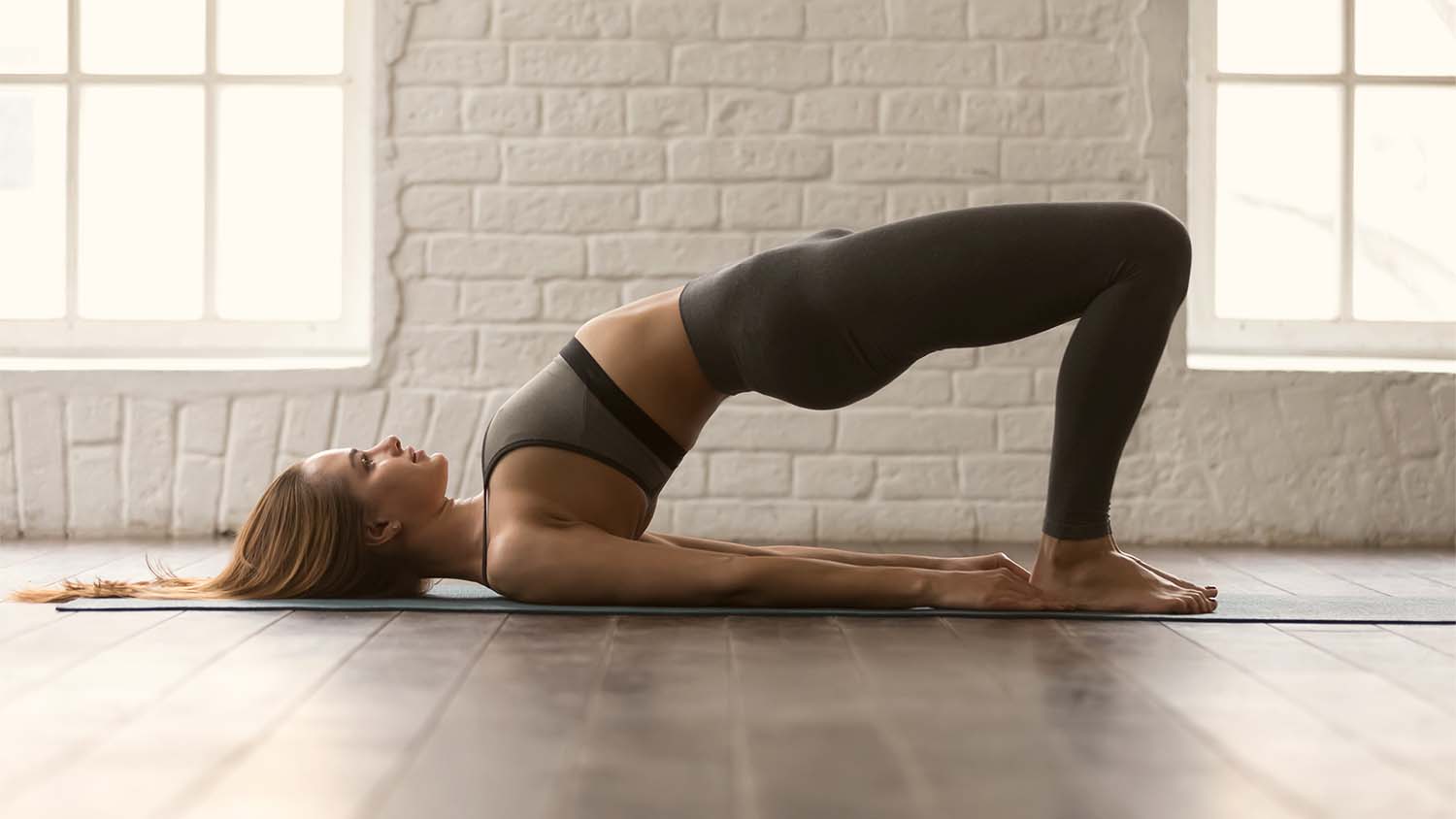With guest blogger, Brent Bishop
Let’s face it; sitting for long hours has become the norm. Whether it’s driving in rush hour traffic or spending long hours at the computer, this can wreak havoc on your posture. With the day-to-day demands at the office, we are exposing our bodies to long hours of excessive flexion and internal rotation. Hip flexors become tight and shortened and shoulders become rounded forward while the muscles along the backside of the body become weakened.
If you want to alleviate problems like back pain and poor posture while improving overall health, it’s imperative to take a postural approach to your strength-training program. Too often, people place an over-emphasis on training the front of the body (in order to look good) while neglecting the posterior chain of muscles, namely the back, rear shoulders, glutes, and back of the legs. I like to call this the ‘mirror athlete ’approach, training only what you see in the mirror. This approach will only exacerbate the ill effects that our busy lives have on our posture. Here are some postural training tips to ensure that you prevent chronic pain and promote muscular balance.
The Posterior Perspective
Change your perspective and pre-plan your routine with exercises that target the posterior chain of muscles (back of the body) twice as much as the anterior chain (front of the body). Taking this 2:1 ratio approach can have a positive impact on balancing out your strength and enhancing posture.
Train your Glutes
Target these very important posture and pelvic stability muscles by implementing exercises like single leg squats and lunges into your routine. Aim to emphasize a full range of motion with these exercises while placing your weight into the heel. Taking this approach will maximize the recruitment of your glutes and hamstrings.
Extend and Externally Rotate
Counteract the forces of sitting (which promotes flexion and internal rotation) by training the muscles responsible for the opposing actions (extension and external rotation). Focus on training low back extensors, rear deltoids (back of shoulders), and the mid and upper back muscles responsible for extension, spine stabilization and scapular retraction (drawing your shoulder blades together).
Maintain Mobility
Most of us nowadays have tight hip flexors, chest muscles, and rotator cuff muscles. Be sure to include mobility and flexibility exercises that will assist with loosening these tight muscles and improving mobility and posture.
Consistency is also crucial when it comes to postural improvement. To get the most out of your workouts and to promote muscular balance, include a postural strength training workout into your routine three times per week.
Author Bio
Brent Bishop is a celebrity trainer, on-air fitness expert, author and founder of Think Fitness Studios
More about Brent: IamBishop.com

